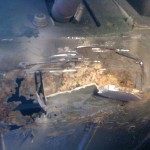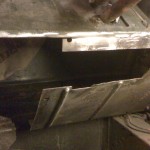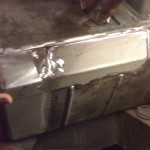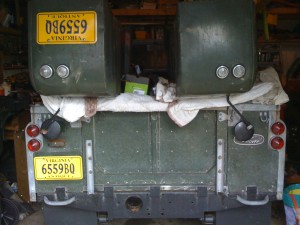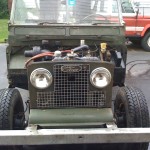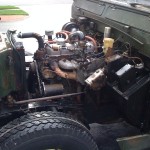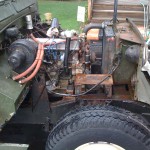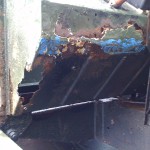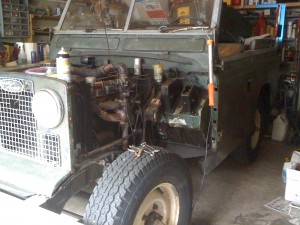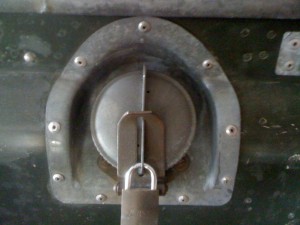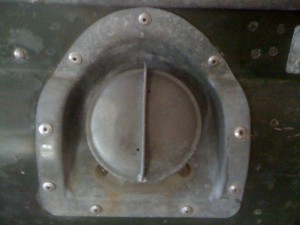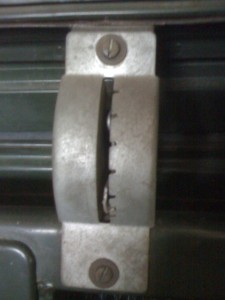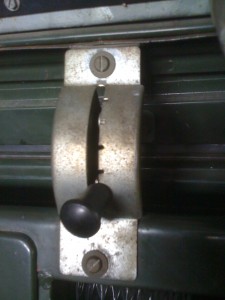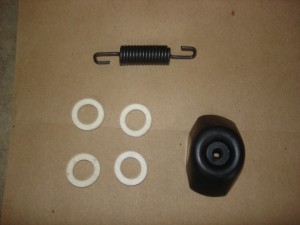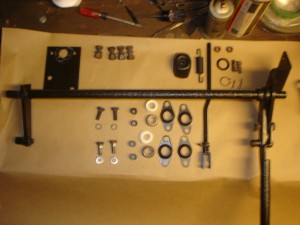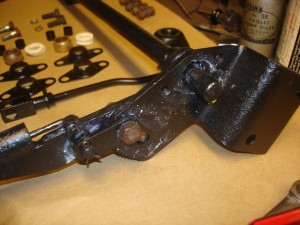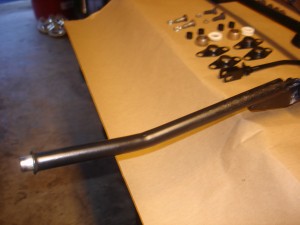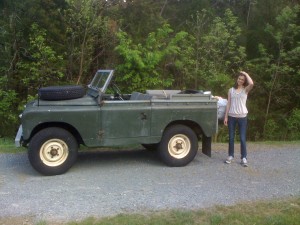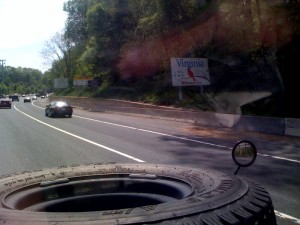I’m reading a lovely book by James Taylor entitled “Land Rover Series II and IIA Specification Guide”. In case you are thinking thats a rather dry sounding title, think again. Besides giving detailed information about (seemingly) each and ever little change to the Series II and IIA line, it also gives lots of information about the vehicles themselves.
I got the book because I wanted to be able to tell what was stock and what was not, but it seems there can be a number of legitimate reasons why one’s vehicle might have come off the assembly line with a different configuration that expected so I’m not sure what to make of the differences. For example my truck has the battery under the hood, but this was supposedly moved to under the seat box at Suffix A back in 1961!
What’s this suffix A you say? Aah, well that’s what I meant to post about before going off on a tangent. The book gives a great breakdown of each VIN number ever produced (although you can get a concise version online at Calvin). On a Series IIA, the first three digits describe the vehicle type, the following 5 digits are the serial number, and then there is a final character (the suffix) which marks points at which they made changes to the vehicle design to help dealerships keep track for maintenance.
Decoding my VIN number (24411869B) shows
| 244 |
Model: Land Rover, Series IIA |
|
Body type: Basic or Station wagon |
|
Wheel base: 88in |
|
Engine: petrol |
|
Model years: 1962-1971 |
|
Destination: Export, left-hand drive (LHD) |
| 11869 |
Serial number |
| B |
Design: One significant design modification |
|
Suffix used from March 1963 till April 1966 |
Interesting stuff. So for example I now know my truck should have the heavy duty 9.5″ clutch.
Furthermore, you can learn more about the vehicle based on engine numbers, transmission numbers and so forth. I’ll use this post to list the numbers I have recorded so far.
Engine: 251166541F
Cylinder head: 525183
Exhaust manifold: 598473
Carburator (not stock): Weber Tipo 34 ICH 2-350 1K

